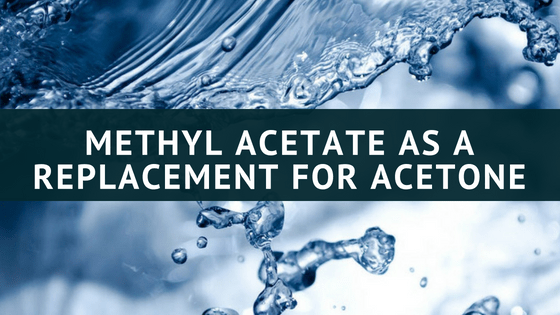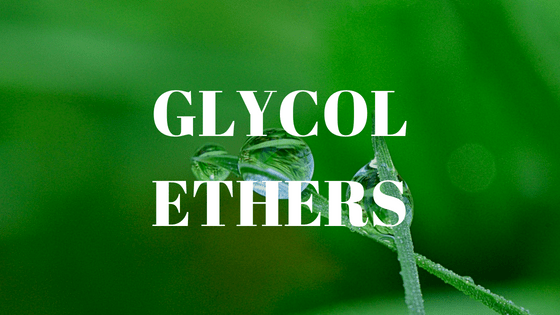[av_textblock size='' font_color='' color='' av-medium-font-size='' av-small-font-size='' av-mini-font-size='' av_uid='av-r50lme' admin_preview_bg=''] Uses and Benefits of Propylene Carbonate Propylene Carbonate is available! Are you looking for a chemical with low...











